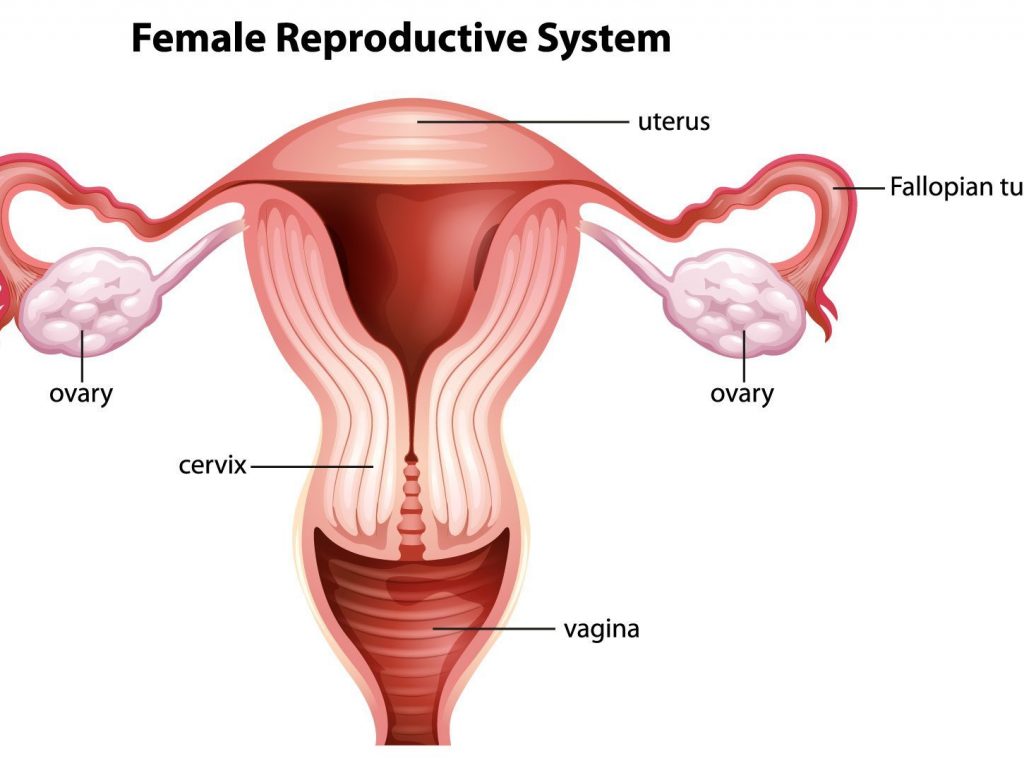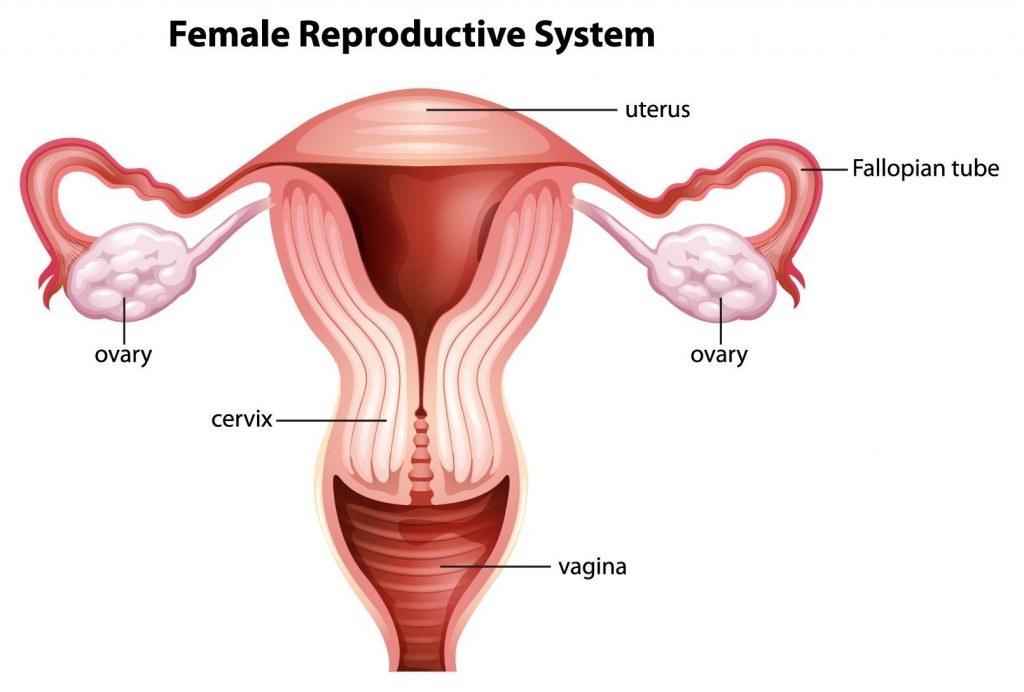Blocked Tubes
Each month an egg is released from one of the ovaries and travels down its fallopian tube where it waits to be fertilised by a sperm. It then continues its journey down the fallopian tube and into the uterus where it sticks to one of the walls, embeds itself and will start forming an embryo if pregnancy is to be successful that month. If the tube is blocked, this cannot happen. Furthermore, infections caused by a fluid build-up in a blocked tube can prevent pregnancy.
Chlamydia
Even if the infection is a thing of the past, an infection from Chlamydia can leave scarring in the fallopian tubes, stopping an egg moving freely into the uterine cavity. Pregnancies in this situation have a higher risk of being ectopic (growing in the fallopian tube).
Sterilisation
Past sterilisations can often be reversed with another operation. However, these are not always successful and can leave the fallopian tubes partially blocked and susceptible to ectopic pregnancies. Fortunately IVF treatment does not require viable tubes.
Endometriosis
It is unproven whether endometriosis hinders fertility. However, research suggests that it may influence it in several ways and may account for some of the cases of “unexplained” infertility. It may cause adhesions in the fallopian tubes, it may adversely affect ovarian function and egg quality, it may release toxic substances which would harm embryos or their implantation ability, it may increase the probability of miscarriage and there may be an autoimmunity factor.
Uterine wall abnormalities
If the newly-formed embryo does not implant on a healthy part of the uterus, growth can be hindered and the pregnancy ended. Problems can be caused by scarring or adhesions from a previous operation, previous miscarriages or by medical conditions such as diabetes, epilepsy, thyroid, pelvic or bowel diseases. Congenital abnormalities may also exist. For example, a uterine septum where the two halves of the uterus failed to join together properly when the uterus formed, or a bicornuate uterus where there are two entirely separate cavities.
Fibroids
These growths can be single or multiple, small or large. They can prevent a pregnancy but they can also be almost irrelevant, depending on position and type. They can be surgically removed when necessary.


